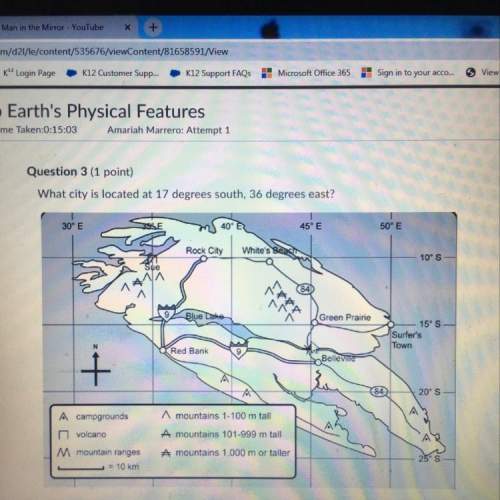
PLEASE HELP URGENT!! Read the short section below on the difference between everyday experience and science.
Everyday Experience vs. Science
The process of science can sound very similar to how you experience life. However, everyday human experience and science are very different. Science has procedures with special conditions and rules for making observations. People do not have such restrictions in everyday life. Individuals can witness events, make adjustments, and practice trial and error similar to scientists. Unlike scientists, individuals are free to do tests using any method they choose. People can try different ways of doing things like driving, cooking, and working out. Then, they can modify their procedures to get the results they want.
Unlike the public, scientists perform trial and error by doing carefully designed experiments. Their experiments require the proper methods and tools. In addition, their projects undergo review by their peers. Even though some science observations take place in a natural environment, they do so for a brief period of time or in a limited area. Much of science must be completed in an artificial environment to reduce the number of variables that can affect the experimental process. Though scientists change factors within their research, they do not usually change the results of their experiments. Good scientists ensure that their own wants and preferences do not affect the knowledge they discover.
Despite having different purposes and abilities, both everyday experiences and science are important. Many key scientific discoveries were started with someone’s everyday experiences. Everyday experiences influence the decisions and direction people take in life. The steps scientists follow in investigations influence information; they provide a way of knowing about the world and explaining how it works.
In your opinion, are scientists born or made? How can everyday people challenge or extend scientific ideas and make scientific discoveries? Use excerpts from the section to explain and support the reasoning behind your answer.

Answers: 2
Other questions on the subject: Chemistry

Chemistry, 22.06.2019 07:30, veronica25681
According to the vsepr theory what is the shape of a molecule that has a central atom valence three other items with no lone pairs of electrons
Answers: 1

Chemistry, 22.06.2019 11:40, Wemaybewrong
Modern pennies are composed of zinc coated with copper. a student determines the mass of a penny to be 2.482 g and then makes several scratches in the copper coaling (to expose the underlying zinc). the student puts the scratched penny in hydrochloric acid, where the following reaction occurs between the zinc and the hcl (the copper remains undissolved): zn(s) + 2 hcl(aq) → h2(g) + zncl(aq)the student collects the hydrogen produced over water at 25 °c. the collected gas occupies a volume of 0.899 l at a total pressure of 79 j mmhg. calculate the percent zinc (by mass) in the penny. (assume that all the zn in the penny dissolves.)
Answers: 1

Chemistry, 22.06.2019 13:00, jaylanmahone223
6. using 3 – 4 sentences explain (in your own words) why water expands when it freezes? 7. using your knowledge of colligative properties explain whether sodium chloride or calcium chloride would be a more effective substance to melt the ice on a slick sidewalk. use 3 – 4 sentences in your explanation.
Answers: 1

Chemistry, 22.06.2019 18:10, ellemarshall13
Measurements that have similar values are: a. usually accurate b. sometimes accurate c. always accurate d. never accurate
Answers: 1
Do you know the correct answer?
PLEASE HELP URGENT!! Read the short section below on the difference between everyday experience and...
Questions in other subjects:

Geography, 05.10.2019 20:00



Arts, 05.10.2019 20:00


History, 05.10.2019 20:00


History, 05.10.2019 20:00

History, 05.10.2019 20:00

Mathematics, 05.10.2019 20:00







